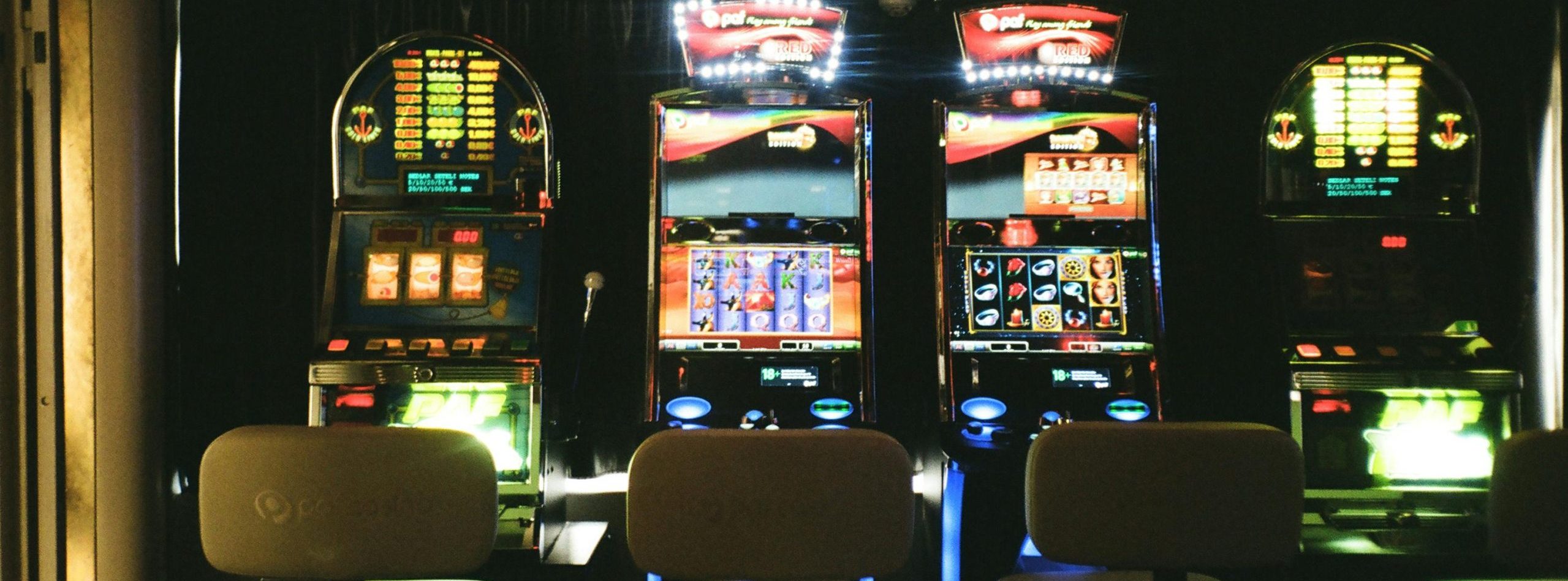
Ampao, also known as “perya” or “tamboo,” refers to a set of traditional Filipino games often played in makeshift casinos or during special celebrations. These games have been an integral part of Filipino culture for centuries, providing entertainment and excitement for players and spectators alike.
History of Ampao
The origins of Ampao are unclear, but it is believed to have been influenced by Chinese and Spanish games introduced to the Philippines during the colonial period. Over time, Filipinos adapted and modified these games to create their own unique versions, which eventually became an essential part of the country’s cultural heritage.
Popular Ampao Games
Some popular Ampao games include:

- Tumbang Preso: A variation of the game “knock down the can,” where players try to knock down a can or bottle by throwing a ball or object.
- Sipa: A traditional Filipino game of catch, where players hit a ball made of rattan or plastic with their feet.
- Patintero: A game of tag, where players try to cross a designated area without being caught by the opposing team.
- Colorum: A Filipino version of the game “rock, paper, scissors,” where players try to outmaneuver each other.
Ampao in Modern Times
While modern casinos and online gaming platforms have become increasingly popular in the Philippines, Ampao remains a beloved part of Filipino culture. Many Filipinos continue to play these traditional games during special occasions, such as fiestas and festivals.
Benefits of Ampao
Playing Ampao games offers several benefits, including:
- Promoting physical activity and coordination
- Developing strategic thinking and problem-solving skills
- Encouraging social interaction and community building
- Preserving traditional Filipino culture and heritage
Ampao is an integral part of Filipino culture, providing entertainment, socialization, and excitement for players of all ages. These traditional games have stood the test of time, and their continued popularity is a testament to the country’s rich cultural heritage. Whether played in a makeshift casino or during a special celebration, Ampao games remain a beloved part of Filipino tradition.









This article provides a comprehensive overview of Ampao, a vital part of Filipino culture. The history, popular games, and benefits of Ampao are well-discussed, showcasing its significance in promoting physical activity, strategic thinking, and community building.